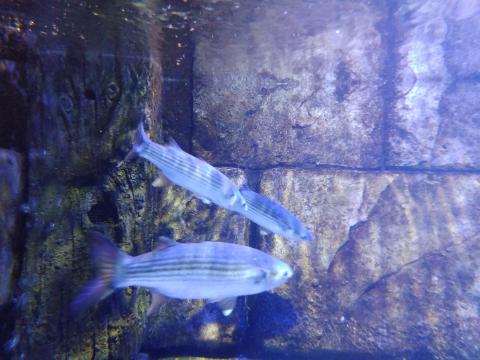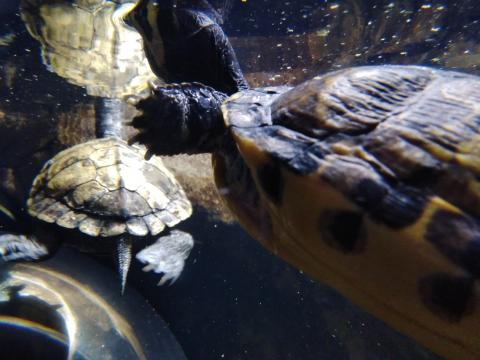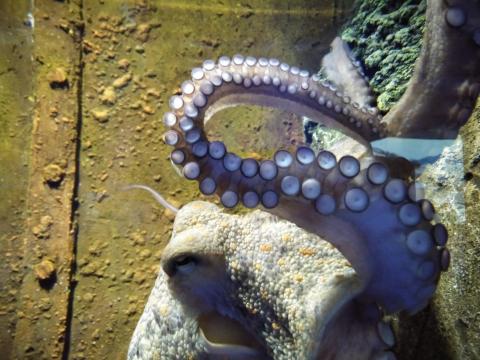Twenty Thousand Leagues of Eternity

I have just finished reading Jules Verne’s Twenty Thousand Leagues Under the Seas. Set in 1868, it must be one of the first science fiction books ever written, set aboard the mysterious Nautilus submarine, piloted by the enigmatic Captain Nemo. Some of the text gets rather carried away by interminable descriptions of sea creatures, but this may part of the book’s charm. Life in the seas was an even greater mystery to the Victorians as it is to us, and we know precious little. I was recently in Liverpool’s World Museum, which has an aquarium department, full of large tanks where visitors may ogle at the exotic fish swimming within. When God made the fish and sea creatures and 'saw that it was good', He was not exaggerating. Yet in Revelation, which describes paradise restored, we read:
Now I saw a new heaven and a new earth, for the first heaven and the first earth had passed away. Also there was no more sea.
No more sea? What about the great sea creatures? The amazing marine life? Interpreting the book of Revelation is a challenge at the best of times; understanding its words describing the final state is beyond our comprehension. I would suggest that the final state is remarkably like the first- Eden restored, this time covering the entire planet. I suspect that if there are trees and mountains as the chapter goes on to describe, there might also be huge lakes wherein beautiful creatures might live. The sea with its storms and squalls, will be no more. I am no more qualified to talk about the new heaven and earth anymore than a babe in the womb may offer lectures on horticulture, though he, like myself, will one day experience the real thing. Until then, let us fill our hearts with wonder at the beauty of the teeming seas and the untold majesty of our future lives.


- Log in to post comments


 Sunday Worship 10.45am & 6.00pm
Sunday Worship 10.45am & 6.00pm